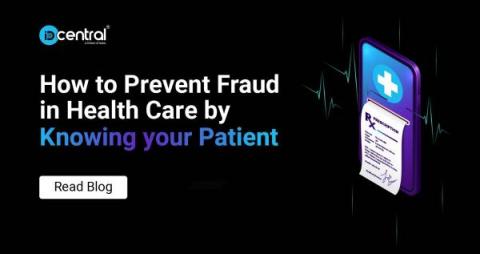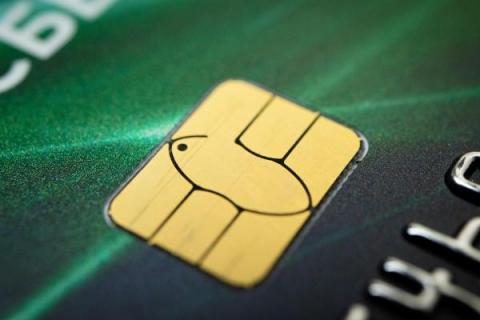Refund Fraud-as-a-Service: What it means for eCommerce businesses
eCommerce is a trillion-dollar industry. But as the popularity of online shopping grows, so does the risk of refund fraud, which now costs businesses more than $25 billion every year. Refunds are a standard cost of retail — especially in eCommerce. But online shopping makes it much more difficult for businesses to investigate and verify valid refund demands from customers. Some customers take advantage of these difficulties by committing refund fraud.










